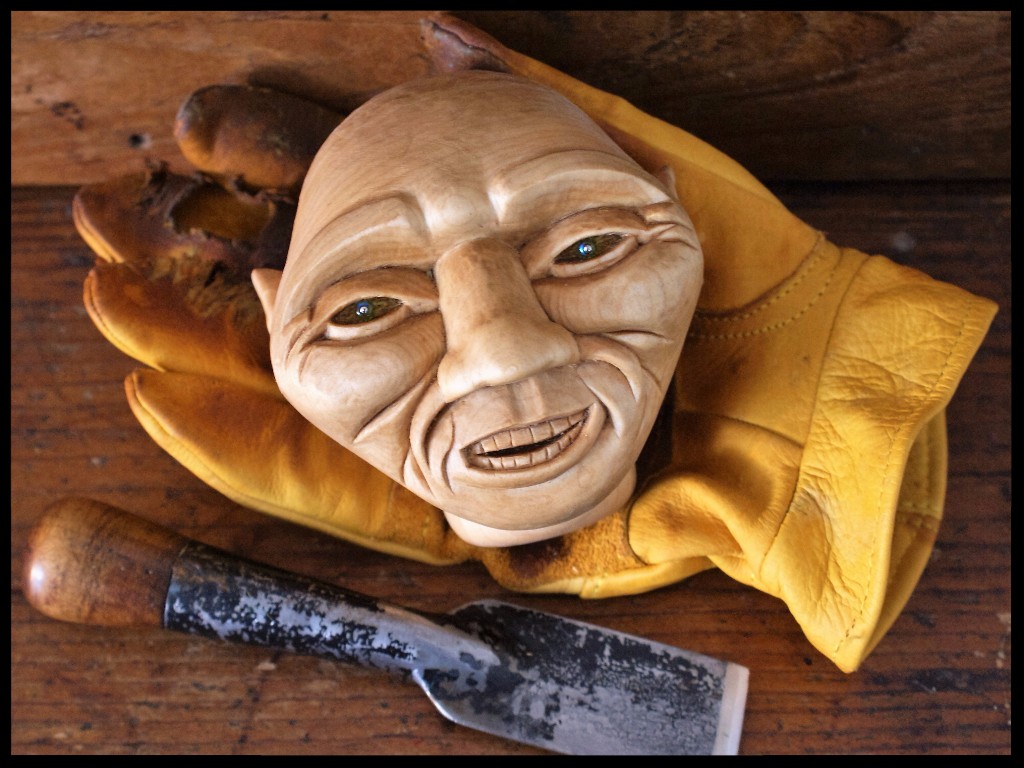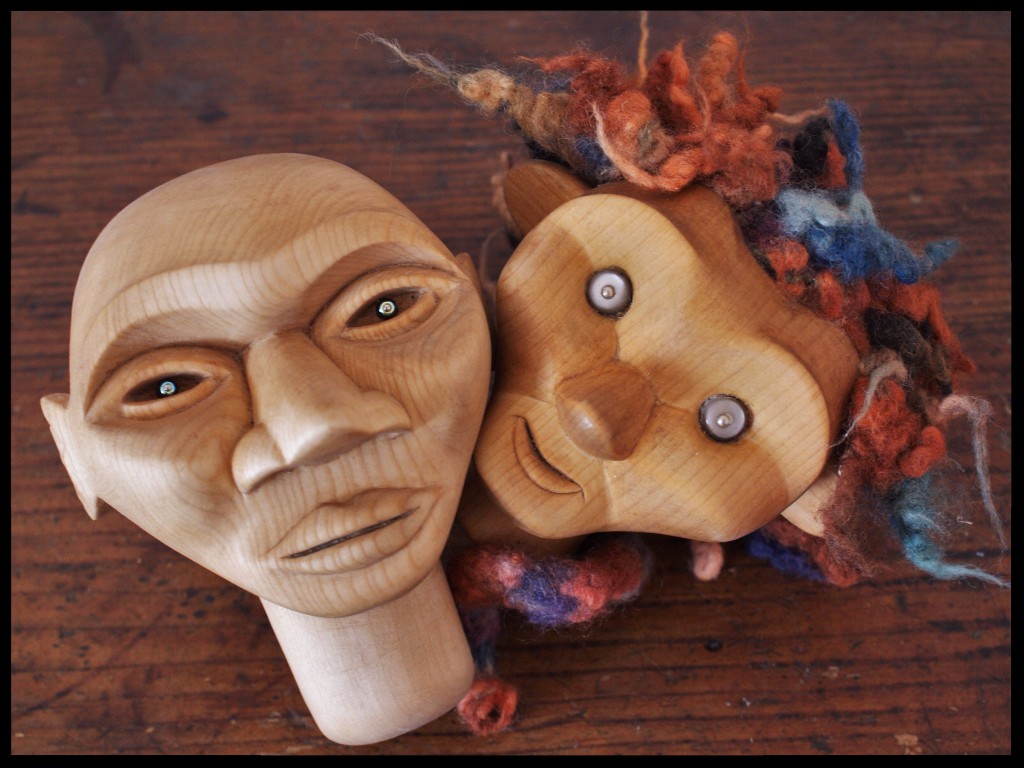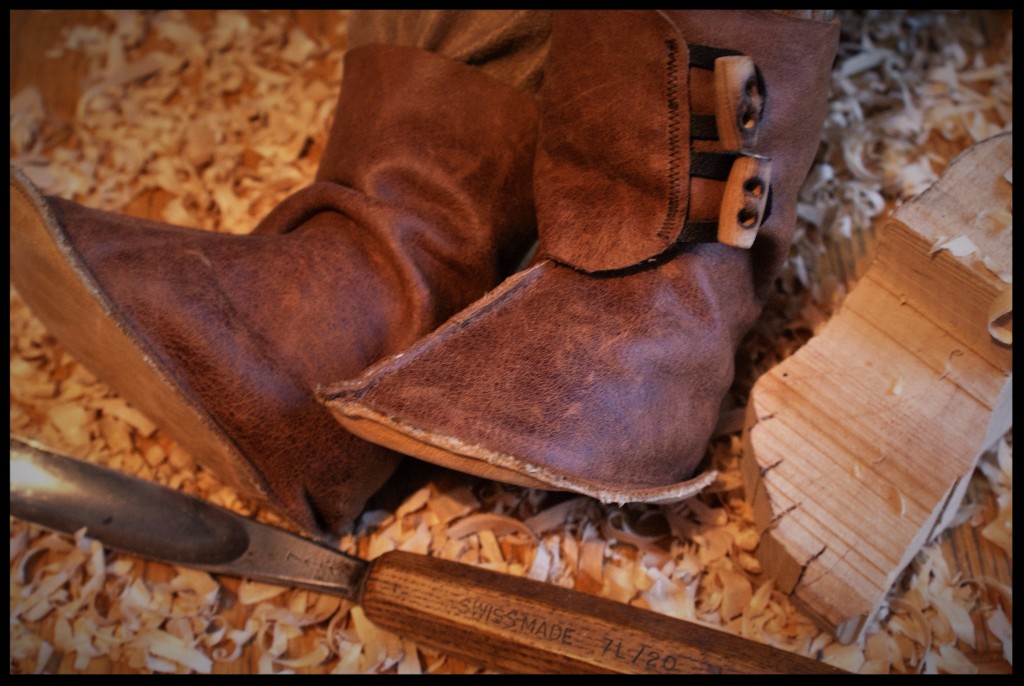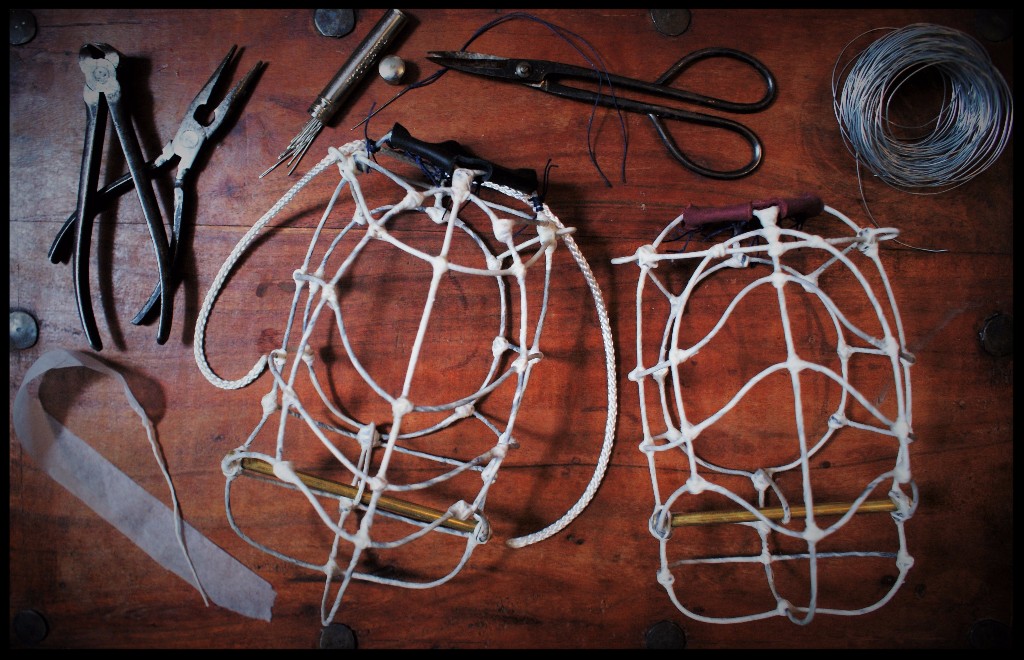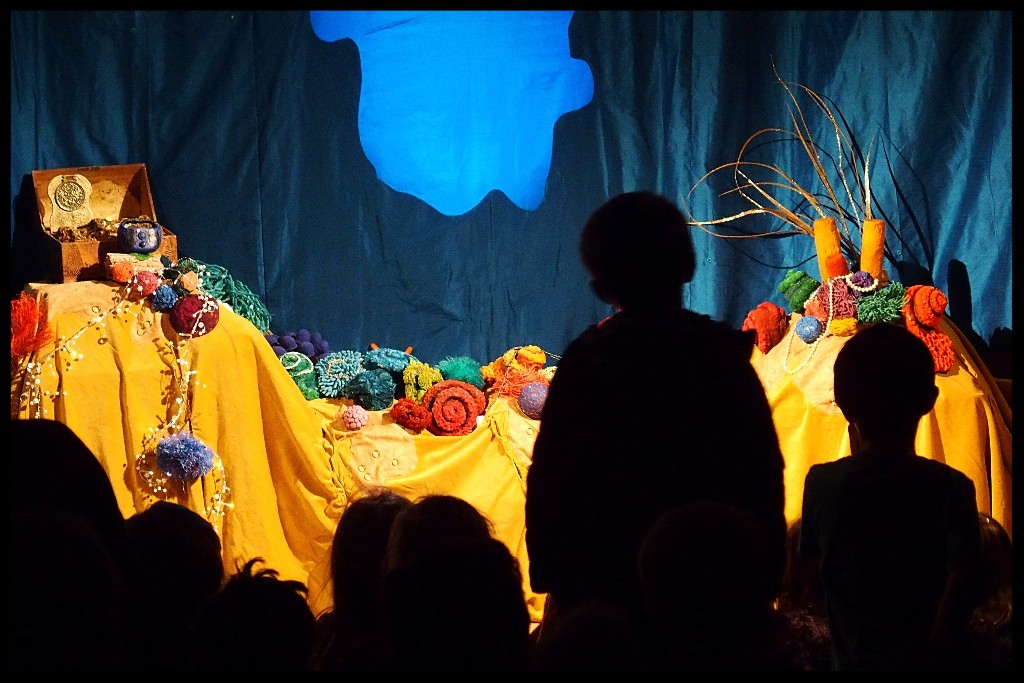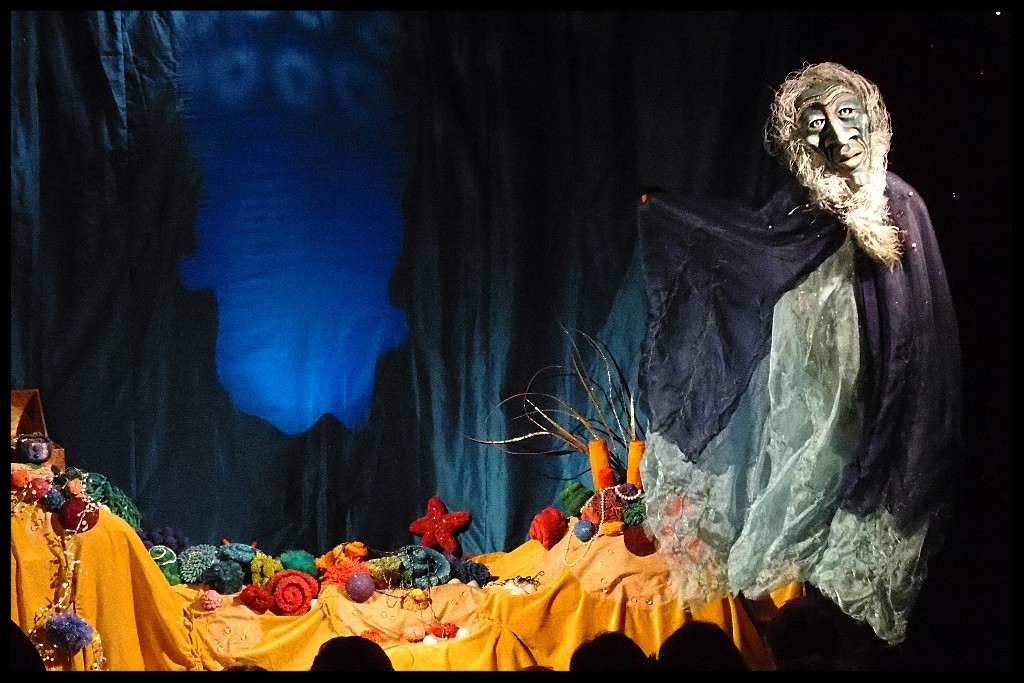Behind the scenes
WHY PUPPETS?
To experience puppetry is to experience a sort of 'magic' that we implicitly, if not always knowingly, seek. Puppetry has a disarmingly charming ability to get beneath the skin and strike at our emotional sounding board, with unexpected resonance.
It is precisely because puppets appear superficially as toys that we can find ourselves caught 'off-guard' by their sudden, animated charm. We know they are not real and yet... re-connected momentarily with the all-believing wonder of childhood, we can be swept away by the 'magic' that has 'the little doll' come to life.
ORIGINS.
We perform almost exclusively with rod puppets. Also known as table-top puppets they are derived from the Japanese puppet theatre tradition known as Bunraku, or Ningyo joruri, founded in Osaka in 1684. Unlike marionette puppets there are no strings attached: the puppet being directly handled on stage, with the puppeteers in full view of the audience.
For us,
as performers, we much prefer this 'hands-on' approach. There is a
directness and a transparency to the performance, as well as a
choreographic dynamic between the puppet and the puppeteer.
In
Bunraku each puppet is operated by three performers: the two
apprentices who operate the feet and left hand respectively and who
remain masked. And the master, who handles the head and right hand
who is allowed the honor of being revealed so that his consummate
skill, honed over a minimum of twenty years may be acknowledged.
We draw from a diversity of creative influences, allowing us to explore the playful possibilities that puppetry offers. Unlike in the Bunraku tradition we are not veiled and we speak directly for the characters we are performing with, as well as being openly on stage with them.
OUR PUPPETS.
People often comment on the very life-like quality of our puppets, both human and animal. This is due to the naturalistic look which we chose to adopt early on. We love it when people tell us after a performance that a puppet reminded them of a friend of theirs, or their granddad. Or even their pet. Equally, it never ceases to inspire us when someone exclaims: "But wait a minute, I swear I saw his eyes blink during the show!" Or: "Oh, her fingers aren't jointed. I'm sure I saw them open and close at one point."
FROM THE UN-CARVED BLOCK.
Each human character, from the first chisel blow upon the un-carved block of lime-wood to the final sewn thread upon the finished costume takes anything between twelve and fifteen days. Each is a work of love and art.
All of our puppets are made by us and James has personally hand-carved most of the heads and hands. This has been a completely self-taught journey of discovery and, over the making of twenty eight puppets, he has learnt a lot.
James invariably carves 'free-hand', as he feels that not
working to a pre-conceived idea allows the character to truly emerge
from the heart of the wood.
It is a
co-creative process in which they define themselves, and James falls into
step with who they want to be. This greatly adds to their
believability on stage.
James carves in lime-wood which is kiln dried and carefully seasoned. It is a
gorgeous wood to work with, being 'buttery', in that it cuts easily
and with a clean edge. Each head takes between two and five days to
carve. The finished carvings aren't painted, James preferring instead to let
the nature and grain of the wood stand out. This is enhanced with a
coat of boiled linseed oil. For a darker skin-tone he makes a mix of rust-dust and oil, so avoiding the use of manufactured wood
stains.
SOUL EYES.
It is
an old saying but with puppets it really is true: "the eyes are
the windows to the soul". As such James pays particular attention in
choosing the right eyes for each character. Of the thirty five carved
and papier-mache heads he has made for our plays all but four have
totally individual eyes. To achieve this uniqueness he uses a
variety of materials: different types of glass beads with fine
faceting to catch our theatre lights; buttons; mother-of-pearl
cuff-links; silver pins; 'cat's eyes', and antique hand-blown glass
dolls' eyes.
FEET ON THE GROUND.
Aside from the heads and hands James sometimes carves boots or even feet. Even where boots are delicately made in leather a rough-carved pair of feet will be made to give believable weight to the puppet. This 'grounded-ness' is essential if the taboo of having a puppet unintentionally float above the play-board is to be avoided.
FULL-BODIED.
The rest of the bodies are made from other materials which serve to keep the overall working weight of the puppet to a minimum. The torsos are invariably hollow as the head is usually operated from within. James constructs wire armatures wrapped in Japanese paper and bonded at each crossing joint by a twist of the same paper, secured with wood glue. This makes for a very robust framework over which the costuming can be applied. Upper arms and thighs are made highly dense foam, shaped with craft knives. Cord and leather straps bind limbs and provide effective joints.
MAPPING THE IMAGINED.
Six of the eight plays we have toured were from an entirely original story created by the company. We start with an idea for a tale we'd like to tell, then with the basic narrative in mind we start work creating the principal characters. As more of the story-arc plays itself out in our imaginations we work on the practicalities of staging.
As well as the general lighting that helps to create atmosphere and mood we pay particular attention to the shadow puppetry that has been a feature in all our plays, to varying degrees. The extra dimension to any performance that shadow play provides is constantly remarked on by audiences as opening up and complimenting the three-dimensional action on the stage.
PLAYING TO PERFORM.
Armed with what is ready (and 'work-in-progress') we hit the rehearsal period running. It is usually a short and intense period of about fourteen days. With some plays we come with a ready written script. But we are equally prepared to arrive at the beginning of rehearsals with little more than the outline narrative. From there we improvise our way into and out of scenes, playing with the puppets to find their characters' 'believability': how they move, speak and react to each other. And what they might say to best serve moving the story along. We enjoy this improvised approach, even though it can be a steep learning curve with so much to take on in such a short time frame. But we recognize the value in letting the puppets inform us as to the way they are to be played, and how best they can say what is needed to be told.


